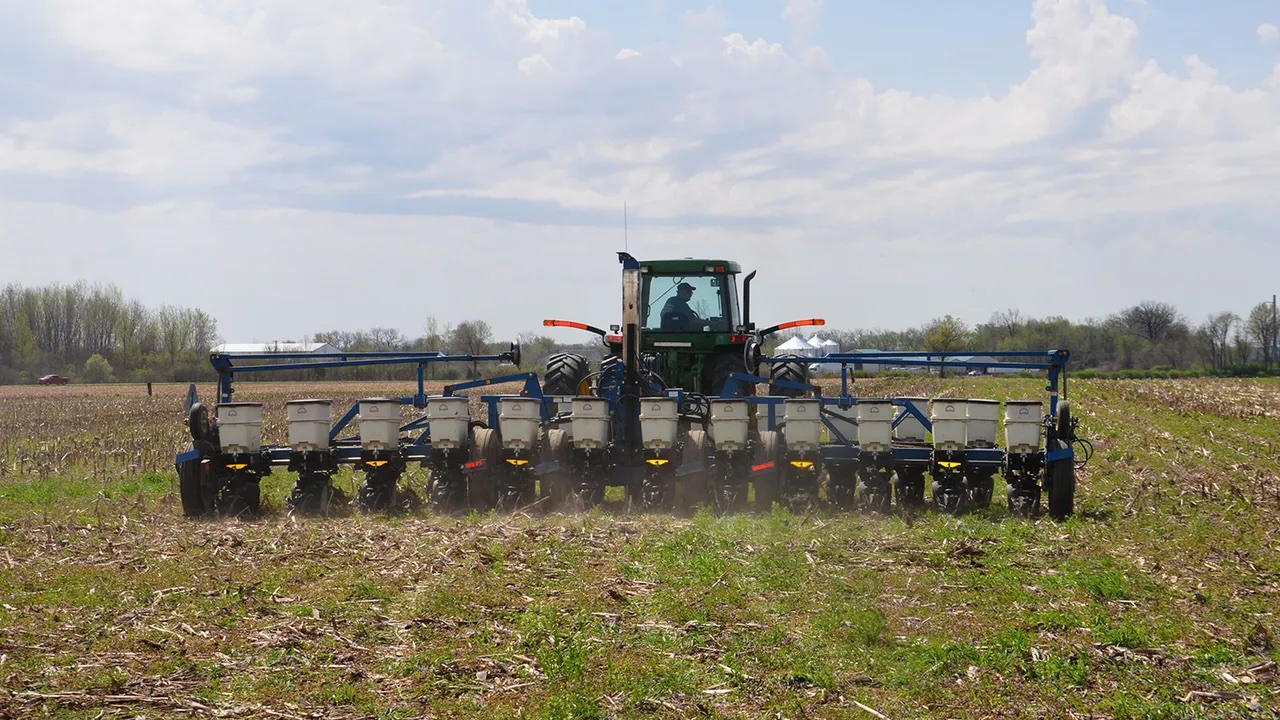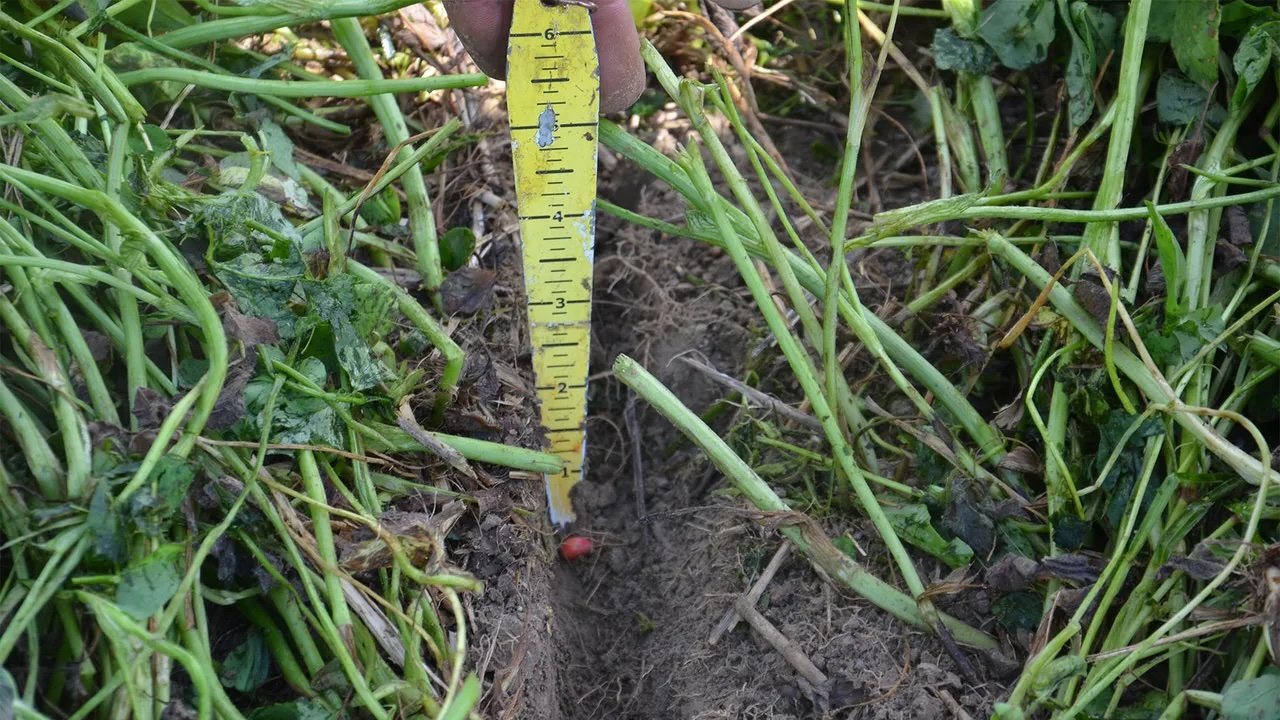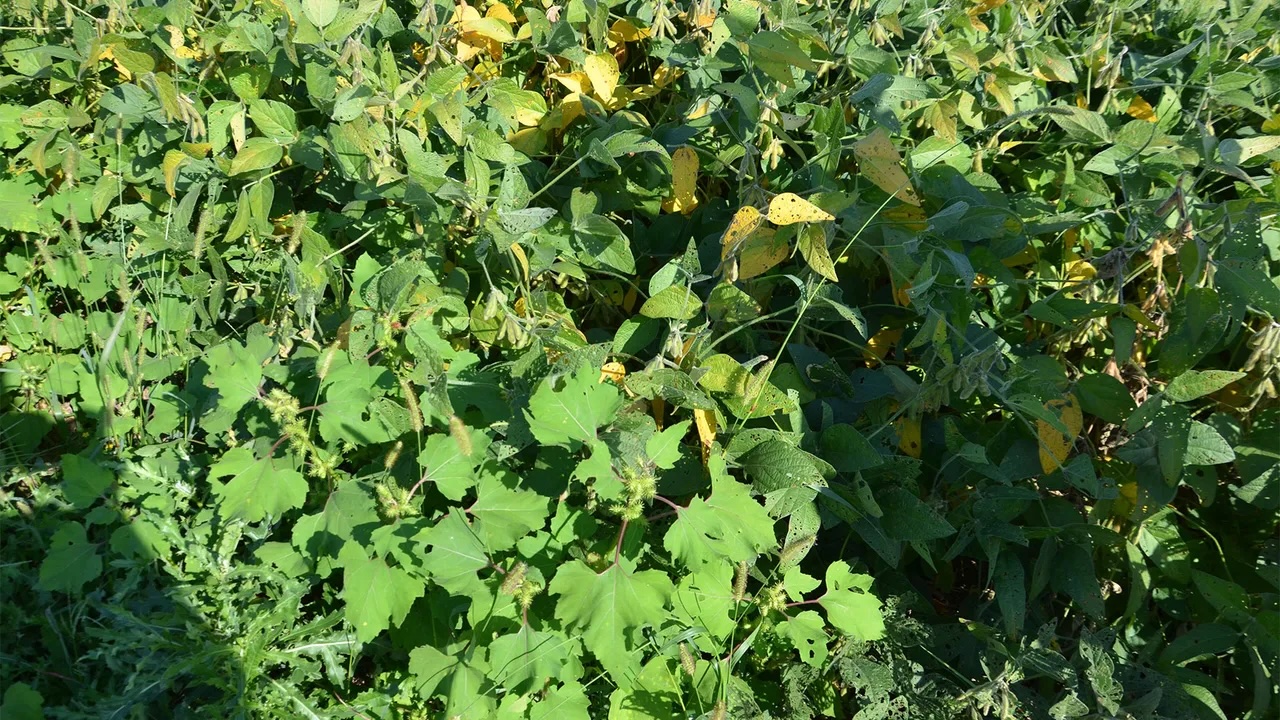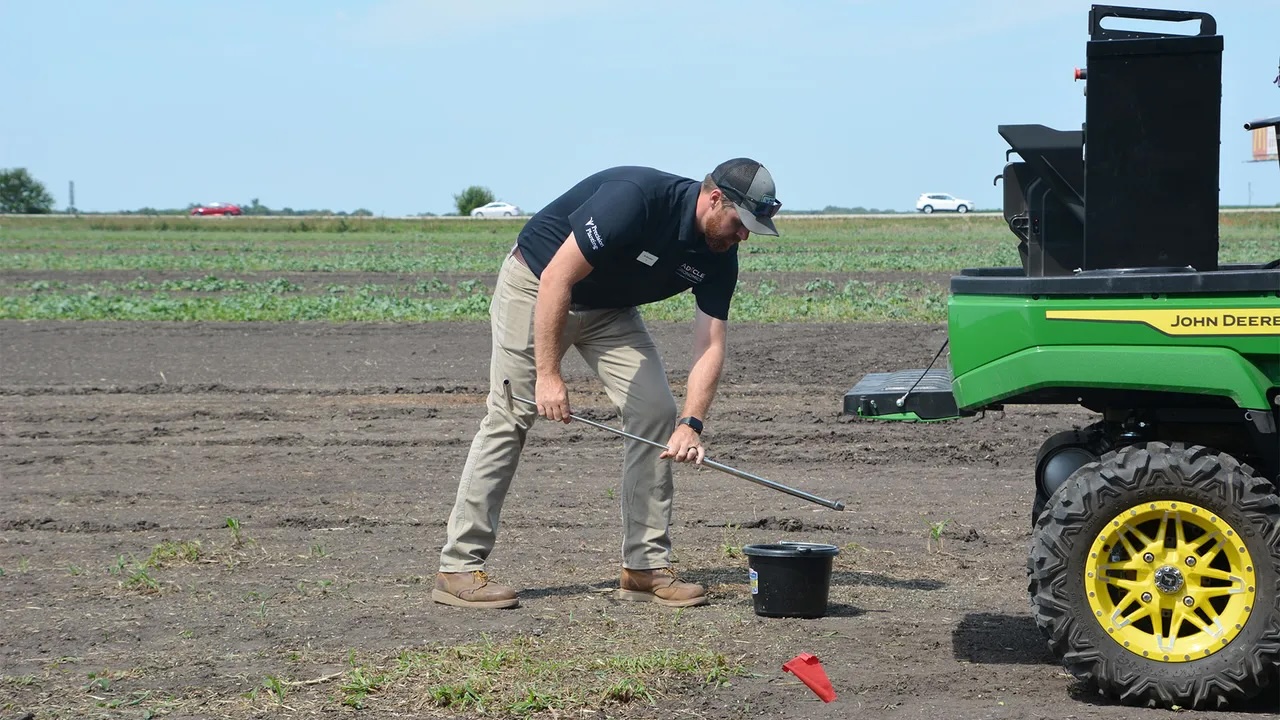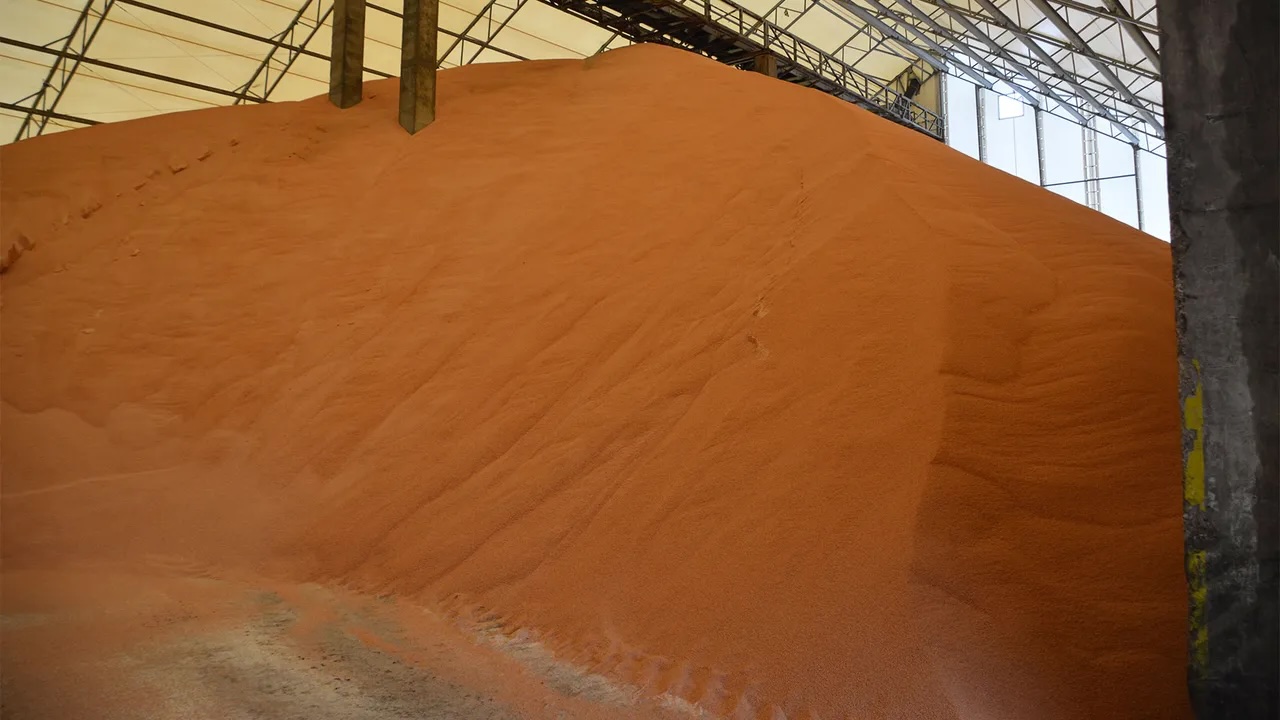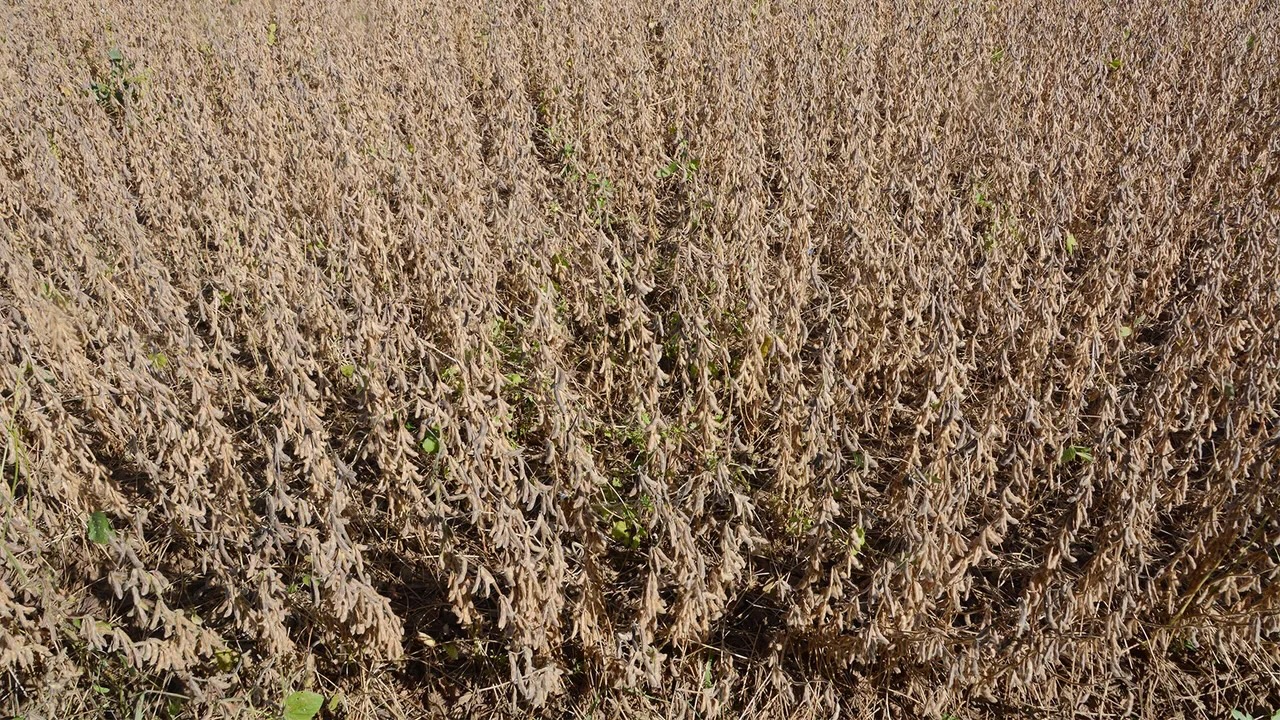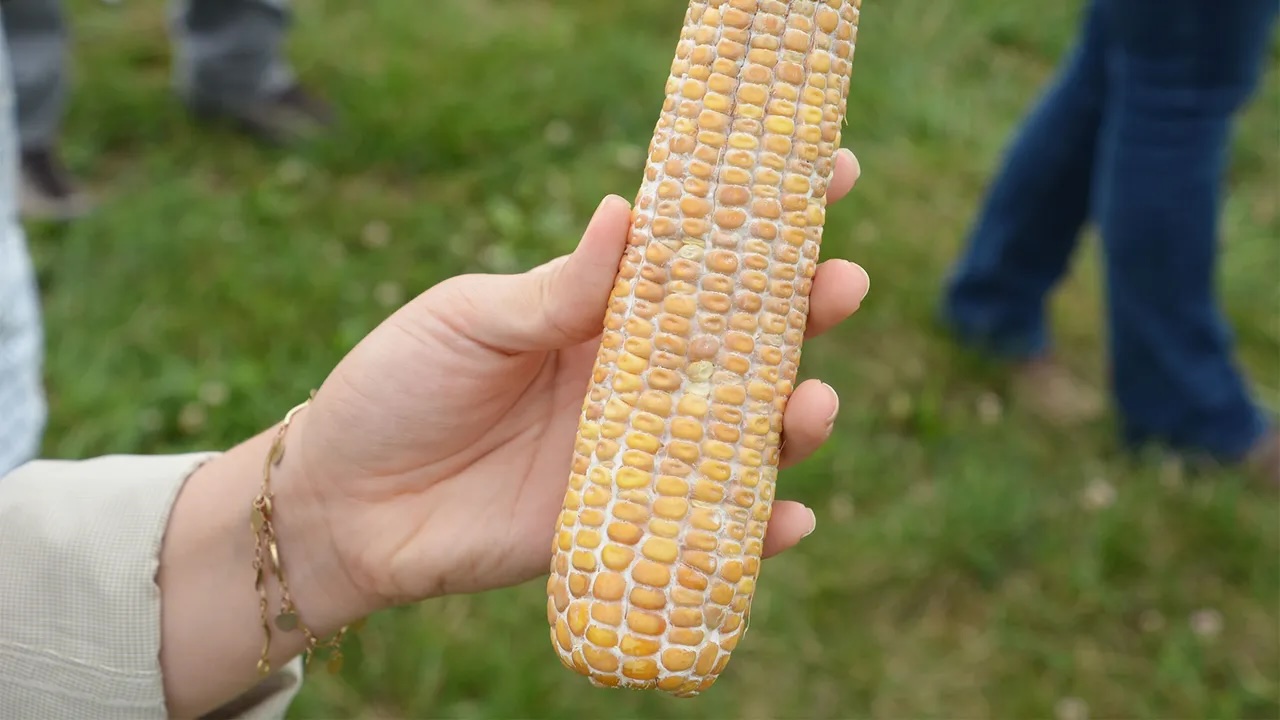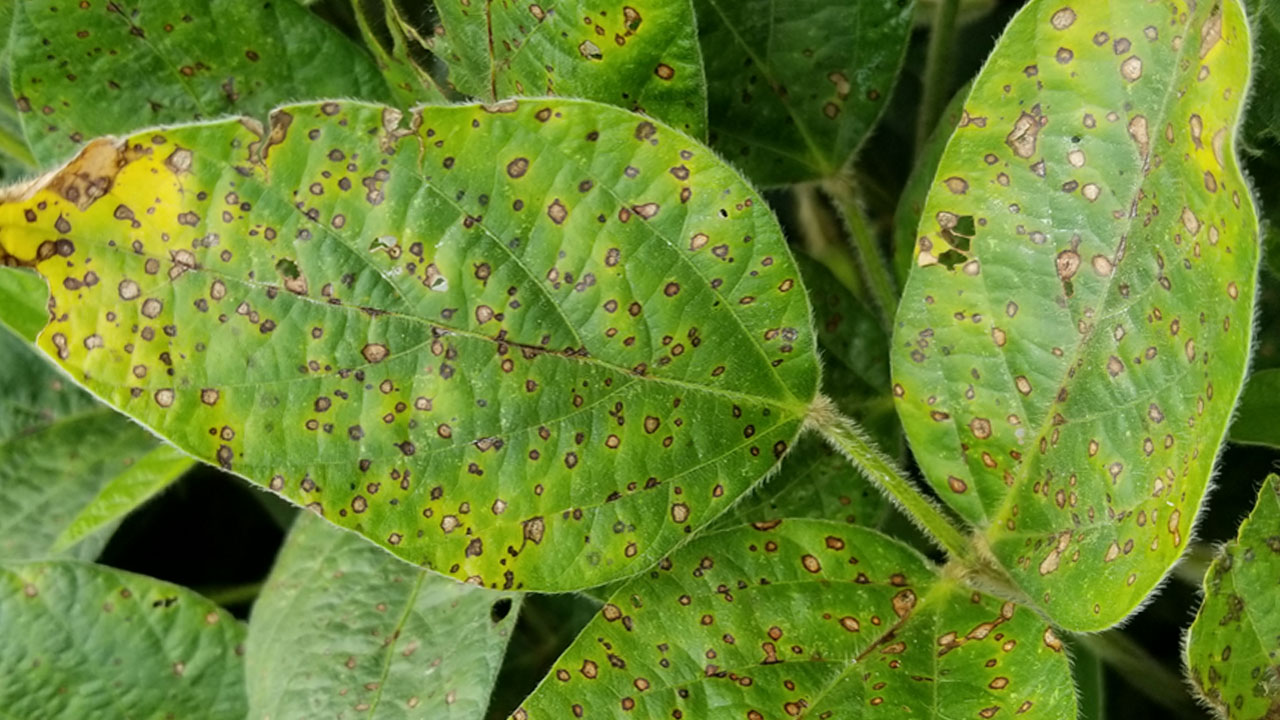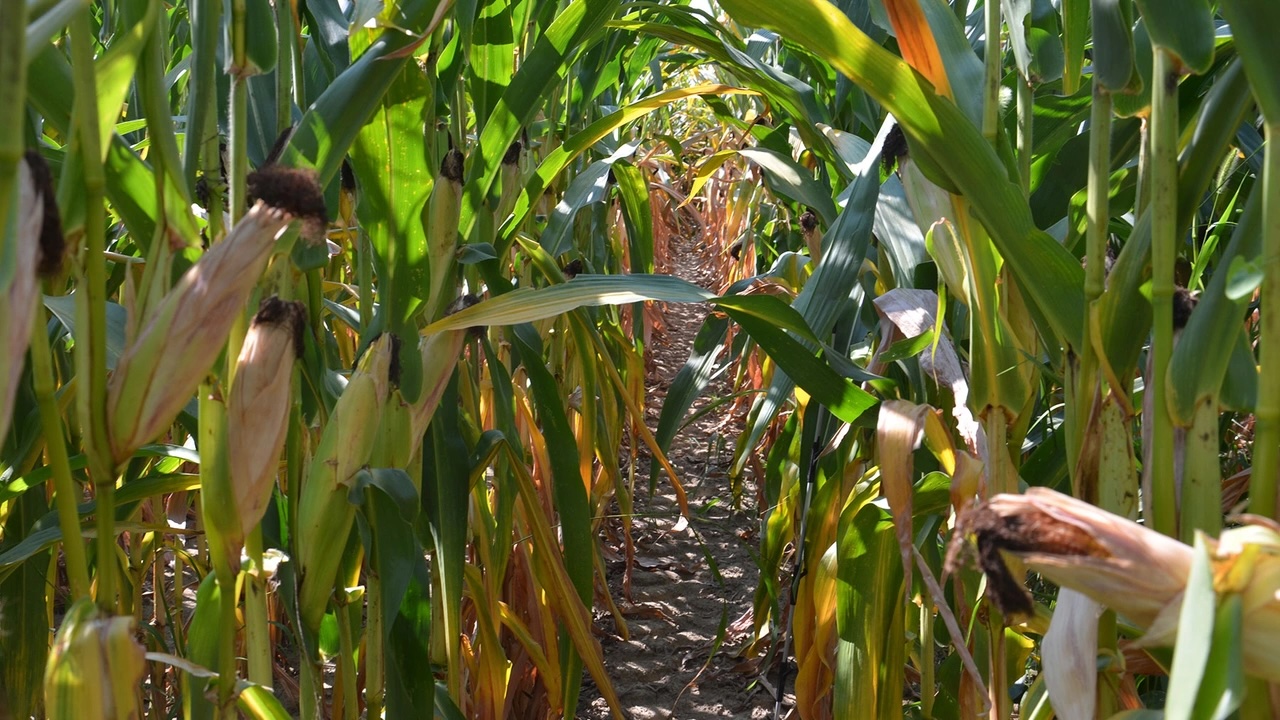How to handle low pH on new rented ground
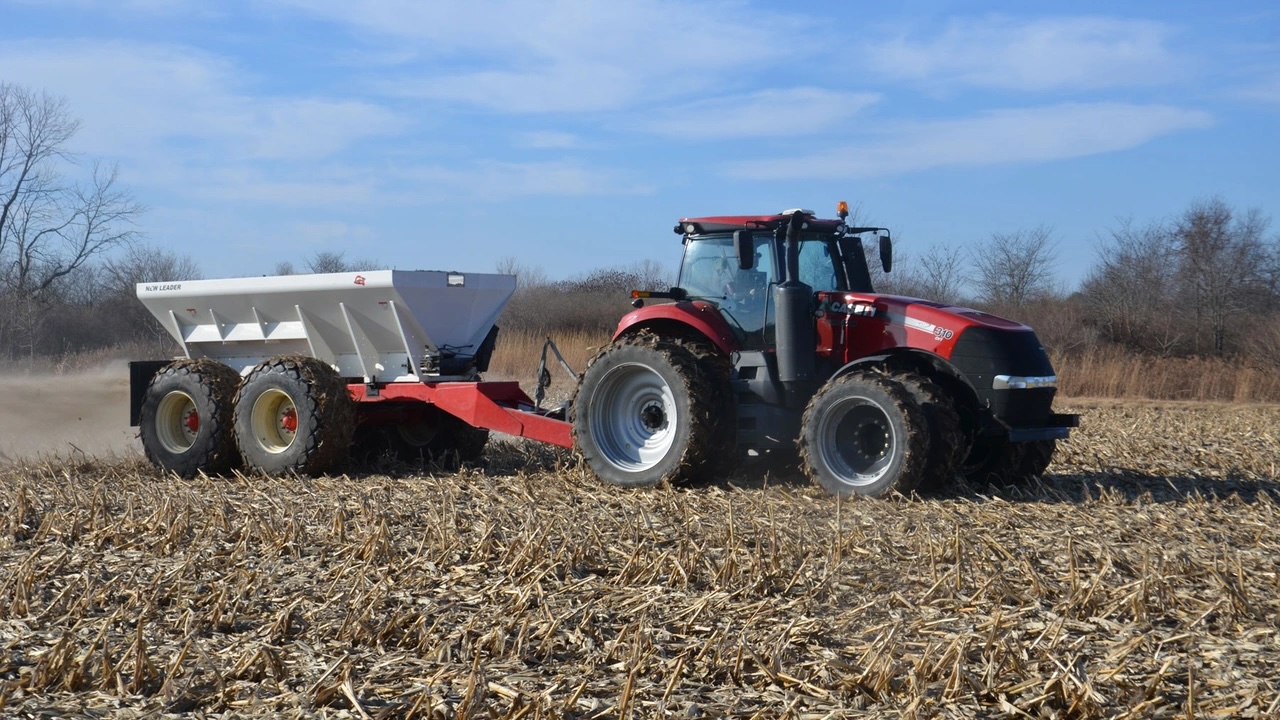
Answers are from the Indiana certified crop adviser panel: Dan Ritter, Dairyland Seed agronomist, Rensselaer; Bryan Overstreet, soil conservation coordinator, Rensselaer; and Steve Gauck, Beck’s Hybrids, Greensburg.
Early soil test results on a new rented farm for next year show pH levels mostly in the 5.5 range and a few spots in the high 4s. We were going to plant soybeans on half that farm. We only have it rented for one year. I don’t like liming in those situations, but should we lime it anyway? Variable rate or straight rate? Is pel lime next spring an option?
Ritter: This is an interesting scenario that should be approached with multiple mindsets. Yield response for the approximate pH ranges you express can increase by 2% to 4% in the first year. For your lower, sub-5 pH ranges, it could be as much as 10%. If the yield response will at least break even, apply lime to the field. If that is the case, variable rate may be a great option, as it would allow you to hit the higher return areas.
It’s important to consider potential benefits and costs when deciding which type of lime to apply. Typically, pelletized lime can get a quick response, but you get the same effect for less cost using ag lime. However, there may be an equivalent number of fines in applying a ton of ag lime. Make sure to review quality analysis of ag lime against pelletized lime. That could make a big difference on the choice you make. Also, calculate the relative neutralizing value of both products.
It’s important to also consider your integrity in the local community and recognize that goodwill has value. If you improve the soil and take good care of the farm while it’s in your care, that boost in reputation is worth a great deal. Yes, you are leaving benefit to the next tenant, but the community will notice those who are good stewards of the land.
Overstreet: With those low pH levels, getting some lime on this farm would be valuable. If you are planning on only running this farm for one year, pel lime could be a good option. But if you think it will turn into a long-term contract, use regular ag lime. Using variable rate or a straight rate depends on how widespread low pH levels are and how variable they are. Many times, variable rate will pay for itself with savings of product in places you really do not need it. It sounds like the economical approach for this farm would be a straight set rate of lime.
Gauck: To have competitive yields in both corn and soybeans in a situation with pH that low, you will need to act now. Weed control also can be affected in both crops when soils have a low pH. If you only think you will have the farm for a year, pel lime would be OK in the spring. If there is any chance to rent it for three or more years, apply lime this fall.



